39 reading food labels cholesterol
Food Labels 101: Understanding the Nutrition Facts Label Cholesterol. Foods high in cholesterol can increase your risk for heart disease. So, look for foods low in cholesterol, such as those found in a plant-based diet. Fats - Saturated and Trans. If the label indicates that the food is high in saturated fat (no more than 20 grams total for the day), then it is not an ideal food for a heart healthy diet. How to Read Nutrition Labels: Fat Content, Carbs & What To Look For They can be labeled as 0 grams if they contain less than 0.5 grams per serving, but another clue that a product is made with trans fats, is if the ingredient list includes "partially hydrogenated oil." Cholesterol Cholesterol is a fatty like substance which comes from animal foods only.
Daily Value on the New Nutrition and Supplement Facts Labels 25/02/2022 · Here is a handy reference guide for all the Daily Values that have been updated on the new Nutrition Facts and Supplement Facts labels. Continue reading to find out which Daily Values have ...
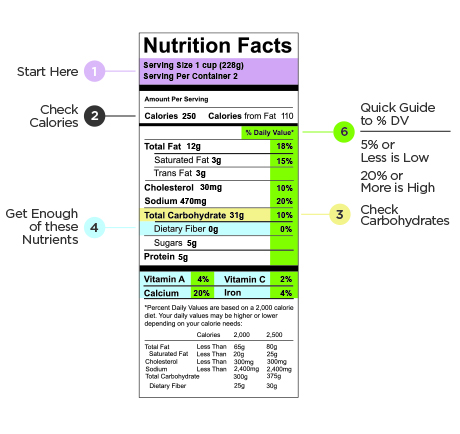
Reading food labels cholesterol
Understanding Food Labels | The Nutrition Source | Harvard T.H. All FOP labels in the U.S. are voluntary, which allows food manufacturers to highlight or hide the nutrition information they choose to help promote or preserve sales. If warning labels became mandatory, as public health advocates propose, the pressure on manufacturers would increase to change certain products to improve their nutritional quality. Quick Tips for Reading the Nutrition Facts Label - Food and Drug ... 1. Use a pair of scissors to cut along the dotted lines. 2. Fold along the center line. 3. Keep the Tip Card in your wallet or purse. Calories230 Amount per serving Serving size 2/3 cup (55g) 8... PDF 2.2 Reading Nutrition Labels Handout - Michigan State University Here are some things you can learn by reading the nutrition label carefully: What are the main organic molecules in cells? Large organic molecules, including carbohydrates, proteins, and fats, ... • Cholesterol, sodium, vitamins, and minerals: less that 1 g or 1% of the mass • Carbohydrates (sugar, starch, fiber): 10 g or 10% of the mass
Reading food labels cholesterol. How Does the Cholesterol in Venison Compare to Other Meats? 06/10/2021 · Swapping out venison in favor of other meats may be a beneficial health choice if you have high levels of LDL ("bad") cholesterol.That's because a 3.5-ounce serving of venison (100 grams) contains between 79 and 113 milligrams of cholesterol. Reading Food Labels - What You Need to Know - Drugs.com Care guide for Reading Food Labels. Includes: possible causes, signs and symptoms, standard treatment options and means of care and support. ... "Reduced" or "less" fat: At least 25 percent less fat, when compared to a similar food. Cholesterol: "Cholesterol free": Less than two mg of cholesterol per serving. "Low cholesterol": Twenty (20) ... How To Read Cholesterol Labels - HealthyCholesterolClub.com Eating too much unhealthy fat saturated and trans fats can increase your risk for heart disease, high cholesterol, obesity, high blood pressure, type 2 diabetes, and cancer. Saturated fat comes mainly from meat, poultry with skin, whole milk dairy products, coconut and palm kernel oils, and stick margarine. How to Understand and Use the Nutrition Facts Label | FDA - U.S. Food … 25/02/2022 · The following label-reading skills are intended to make it easier for you to use the Nutrition Facts labels to make quick, informed food decisions to help you choose a healthy diet.
Should I check the cholesterol on nutrition labels? Major dietary cholesterol contributors — meat, fish, and chicken — often have no label. Having less than 4-6 oz of those per day and less than 2-4 eggs per week will generally keep your cholesterol reasonable. And that's a smart idea anyhow, to leave room for more artery-friendly fruits, veg, whole grains, beans, nuts, seeds, etc.". How to read food labels: MedlinePlus Medical Encyclopedia If a label says that a food has 100 mg of sodium, this means it has about 250 mg of salt. You should eat no more than 2,300 mg of sodium per day. This is the amount of sodium that is in 1 measuring teaspoon of table salt. Ask your health care provider if you should have even less. The % daily value is included on the label as a guide. 5 tips for decoding food labels - Harvard Health Here are 5 ways to make food labels work for you: Size matters. Serving size is always the first item on the label. All other information is based on that serving size. The servings per container tell you know how many portions are in the whole box, package, or can. Beware: many packages contain more than one serving. How to read food labels - Heart Foundation NZ The star rating is calculated using an algorithm that takes into consideration a number of positive and negative nutrients for a particular food. The positive elements include protein, fibre, fruit, vegetable, nut, seed and legume content. The negative elements include energy, sodium, saturated fat, and sugar.
How to Read Food Labels for a Heart-Healthy Diet Partially hydrogenated oil Omega-3 fatty acid Olive oil Butter What's important to know about the first ingredient listed on a label? It's the healthiest. It's in the largest quantity. It's first due to alphabetical order. What words should I look out for that mean sugar? High-fructose corn syrup Agave nectar Dehydrated cane juice All of the above Understanding Ingredients on Food Labels - American Heart … 06/03/2017 · Food labels are an important source of information about calories and the nutritional value of the foods you eat, a crucial tool in building a heart-healthy diet. The Nutrition Facts information is always displayed in the same orderly fashion and helps you understand how much of certain nutrients that you need to limit are contained in the product per serving. Cholesterol Lowering Foods List (September, 2022) - Easy Recipe … Check labels to ensure that the meats you choose are at least 96% fat free, and be sure to trim any visible fat before cooking. Pay close attention to serving sizes, and aim for no more than five ounces of fish- or animal-based protein per day. Antelope, lean cuts; Beef round, preferably grass-fed; Beef sirloin, preferably grass-fed; Beef tenderloin, preferably grass-fed; Beefalo, lean cuts ... 6 Free Printable Food Labels Worksheet & Different Types Reading food labels is an exercise in making decisions and balancing priorities. The purpose of this reading food labels worksheet is to help you become familiar with the different content listed on food labels and the corresponding regulations. Tips for creating a food labels worksheet. Some specific rules and laws need to be followed on a food labels worksheet. A food labels …
How To Read Food and Beverage Labels - National Institute on Aging At the top of the Nutrition Facts label, you will find the total number of servings in the container and the food or beverage's serving size. The serving size on the label is based on the amount of food that people may typically eat at one time and is not a recommendation of how much to eat. Read more about serving and portion sizes.
6 Free Printable Food Labels Worksheet & Different Types The food labels worksheet PDF is used to help identify the total calories, serving size, number of servings in a package, and the nutrition information on food packaging. Reading food labels worksheet. Reading food labels is an exercise in making decisions and balancing priorities.
Food Labels: Fat & Cholesterol | Home & Garden Information Center The 2015 Dietary Guidelines for Americans recommends the following intakes of fat and cholesterol every day: total fat—20 to 35% of calories, depending on age and gender (65 grams for the 2,000-calorie intake level used in the Daily Value)* saturated fat—less than 10% of calories** trans fat— keep as low as possible
How to Read Food Labels Without Being Tricked - Healthline This label says very little about whether a product is healthy. For example, organic sugar is still sugar. No added sugar. Some products are naturally high in sugar. The fact that they don't have...
How to Read Food Labels - AANMC For a food to be considered "low sodium", it may not have more than 140 mg per serving. 4, 5 Of course, the very best food choices are the ones with no ingredient list at, such as fruits, vegetables, legumes, nuts, and seeds. However, we live in a world where packaged foods are ubiquitous, so having as much information as possible is important.
PDF How do I read food labels? - American Heart Association read the Nutrition Facts labels on the foods you purchase. Compare the nutrients and calories in one food to those in another. The information may surprise you. Make sure you ... • Cholesterol — is found in foods that come from animals, such as meats, poultry, seafood, eggs and full-fat dairy products. The FDA's Dietary Guidelines
Your Guide to the New Food Label | National Kidney Foundation Many people with kidney disease are on low fat and low cholesterol diets, so be sure to look at the fat and cholesterol daily values. Look for: foods with less than 10% daily value of saturated fat ; foods with less than 7% daily value of cholesterol. lean or extra-lean meat with 7.5 to 15% daily value of total fat
Understanding Food Labels | The Nutrition Source | Harvard T ... Chile implemented the Law of Food Labeling and Advertising in 2016, comprised of mandatory front-of-package (FOP) warning labels, restrictions on child-directed marketing, and the banning of sales in schools of all foods and beverages containing added sugars, sodium, or saturated fats that exceeded set nutrient or calorie thresholds. [1]
How to Read the New Food Label - The Johns Hopkins Patient Guide to ... The percent daily value (%DV) can be used as a quick guide to the food label. Try the 5/20 rule when reading a label. Think about 5% or less as low for any nutrient and 20% or more is high for any nutrient. The %DV is a great way to compare food products if the serving size is the same. Fiber is the nutrient on the label that you want to aim ...
Reading Food Labels | ADA - American Diabetes Association The Nutrition Facts labels on foods are really the key to making the best choices. We'll cover the basics so that these labels make shopping easier for you. You've heard it all. From carb-free to low-carb, to whole and empty carbs, it's hard to know what it all means. Blood sugar highs and lows aren't always easy to understand.
How To Read Nutrition Labels - Mayo Clinic Diet Aim for low in saturated fat, trans fat, cholesterol, sodium, and added sugars. High is 20% or more. Aim high in vitamins, minerals and dietary fiber. 4. Check the ingredients Ingredients are listed by volume. The higher up on the list an ingredient is, the more of it the product contains. Make sure sugar isn't one of the first ingredients listed.
Easy Guide to Understanding Food Labels When You Have High Cholesterol ... This means that your food may contain trans-fat even if the food label says 0 gram. Therefore it's important to check the ingredient list (more on this later). Cholesterol guidelines currently recommend having not more than 300 milligrams of cholesterol per day, and if you have heart disease, aim for less than 200 milligrams per day. 2.
Your Guide to the New Food Label | National Kidney Foundation Food labels have percent daily values listed for a set group of nutrients based on the Food and Drug Administration (FDA) recommended 2000 calorie diet. You may need more or fewer calories, so check with your kidney dietitian. Using the daily percent values and ingredients listed, you’ll be able to choose foods within your special diet needs.
Understanding Food Nutrition Labels | American Heart Association 1 - Start with the serving information at the top. This will tell you the size of a single serving and the total number of servings per container (package). 2 - Next, check total calories per serving and container. Pay attention to the calories per serving and how many calories you're really consuming if you eat the whole package.
Cholesterol Lowering Foods List - Easy Recipe Depot As a general guide, heart-healthy fats are those that remain in a liquid or mostly liquid state when refrigerated. When reading labels, look for foods that contain monounsaturated fat and/or polyunsaturated fat. Both of these are cholesterol-lowering fats. Avocado oil; Canola oil; Flaxseed oil (not for cooking; best for salad dressings ...
How to Read the Nutrition Facts Label on Packaged Foods - WebMD Limit salt to 2,300 milligrams (about 1 teaspoon) daily. If you have high blood pressure, kidney disease, or diabetes, or are African-American or older than 51, your daily limit is lower: 1,500...
PDF A Guide to Reading Food Labels - University of Rochester Food Labels Reading food labels can help you make wise food choices. Most foods list nutrition information on the package label, called Nutrition Facts. ... They may raise your blood cholesterol level, which can increase your risk of heart disease. Choose foods containing less than 10% of calories from saturated fat.
Reading food labels: Tips if you have diabetes - Mayo Clinic Look for foods with fats, cholesterol and sodium on the low end of the Daily Value; keep fiber, vitamins and minerals on the high end. If your doctor or registered dietitian recommends more or less than 2,000 calories a day, you may need to adjust the percentage accordingly — or simply use the percentage as a general frame of reference.
20 Must-Read Books About Health and Food | Eat This Not That 29/01/2017 · This book gives you the 4-1-1 on how to lose 10 pounds and ultimately become a healthier you. It Starts With Food is better described as an action plan rather than a novel. Between the pages, you will find the Whole30 program, which is a sustainable "30-day nutritional reset" that will enable you to break those pesky unhealthy habits and rid yourself of health …
How to read food labels | healthdirect Saturated fats are linked to an increased risk of heart disease and high blood cholesterol, so it is especially important to choose foods low in saturated fat. Carbohydrate (total): Carbohydrates are found in all fruit and vegetables, all breads and grain products, and sugar and sugary foods. You need carbohydrates for energy. Click to open PDF.
The Basics of the Nutrition Facts Label - Academy of Nutrition and ... 04/03/2022 · Low is 5% or less. Aim low in saturated fat, trans fat, cholesterol and sodium. High is 20% or more. Aim high in vitamins, minerals and dietary fiber. Step 4: Check Out the Nutrition Terms. Low calorie: 40 calories or less per serving. Low cholesterol: 20 milligrams or less and 2 grams or less of saturated fat per serving.
How to Tell if Foods Are Low or High Cholesterol - Verywell Health Each food label should include milligrams (mg) of cholesterol per serving. Don't forget to look at the serving size as well. Sometimes products can seem low in cholesterol, but if you eat more than the recommended servings at one sitting, then you can end up consuming a lot more cholesterol than you intended.
How to Understand and Use the Nutrition Facts Label | FDA Feb 25, 2022 · People look at food labels for a variety of reasons. ... The following label-reading skills are intended to make it easier for you to use the Nutrition Facts labels to make quick, informed food ...
Understanding Ingredients on Food Labels | American Heart ... Mar 06, 2017 · These fats raise your bad cholesterol (LDL) and decrease your good cholesterol (HDL). Some experts say you should choose foods with five or fewer ingredients. While this “five-limit rule” has gotten a lot of attention lately, Kris-Etherton said there’s no reason to complicate your label reading to this degree.
The Basics of the Nutrition Facts Label Mar 04, 2022 · Low is 5% or less. Aim low in saturated fat, trans fat, cholesterol and sodium. High is 20% or more. Aim high in vitamins, minerals and dietary fiber. Step 4: Check Out the Nutrition Terms. Low calorie: 40 calories or less per serving. Low cholesterol: 20 milligrams or less and 2 grams or less of saturated fat per serving.
A Real Person's Guide To Reading Nutrition Labels Cholesterol is a fatty substance that comes from foods like shellfish, butter, meat, whole milk, and egg yolks. The body requires some cholesterol to make hormones and vitamin D, but eating too much of it can cause plaque to build-up in your arterial walls, increasing your risk for heart disease.
PDF 2.2 Reading Nutrition Labels Handout - Michigan State University Here are some things you can learn by reading the nutrition label carefully: What are the main organic molecules in cells? Large organic molecules, including carbohydrates, proteins, and fats, ... • Cholesterol, sodium, vitamins, and minerals: less that 1 g or 1% of the mass • Carbohydrates (sugar, starch, fiber): 10 g or 10% of the mass
Quick Tips for Reading the Nutrition Facts Label - Food and Drug ... 1. Use a pair of scissors to cut along the dotted lines. 2. Fold along the center line. 3. Keep the Tip Card in your wallet or purse. Calories230 Amount per serving Serving size 2/3 cup (55g) 8...
Understanding Food Labels | The Nutrition Source | Harvard T.H. All FOP labels in the U.S. are voluntary, which allows food manufacturers to highlight or hide the nutrition information they choose to help promote or preserve sales. If warning labels became mandatory, as public health advocates propose, the pressure on manufacturers would increase to change certain products to improve their nutritional quality.

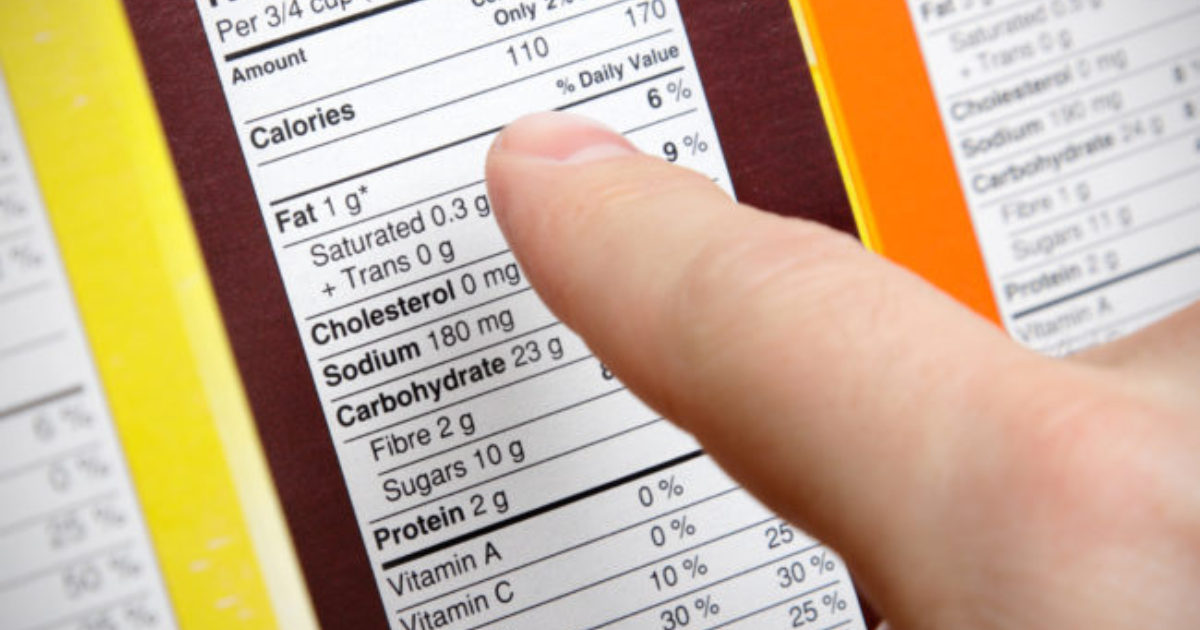
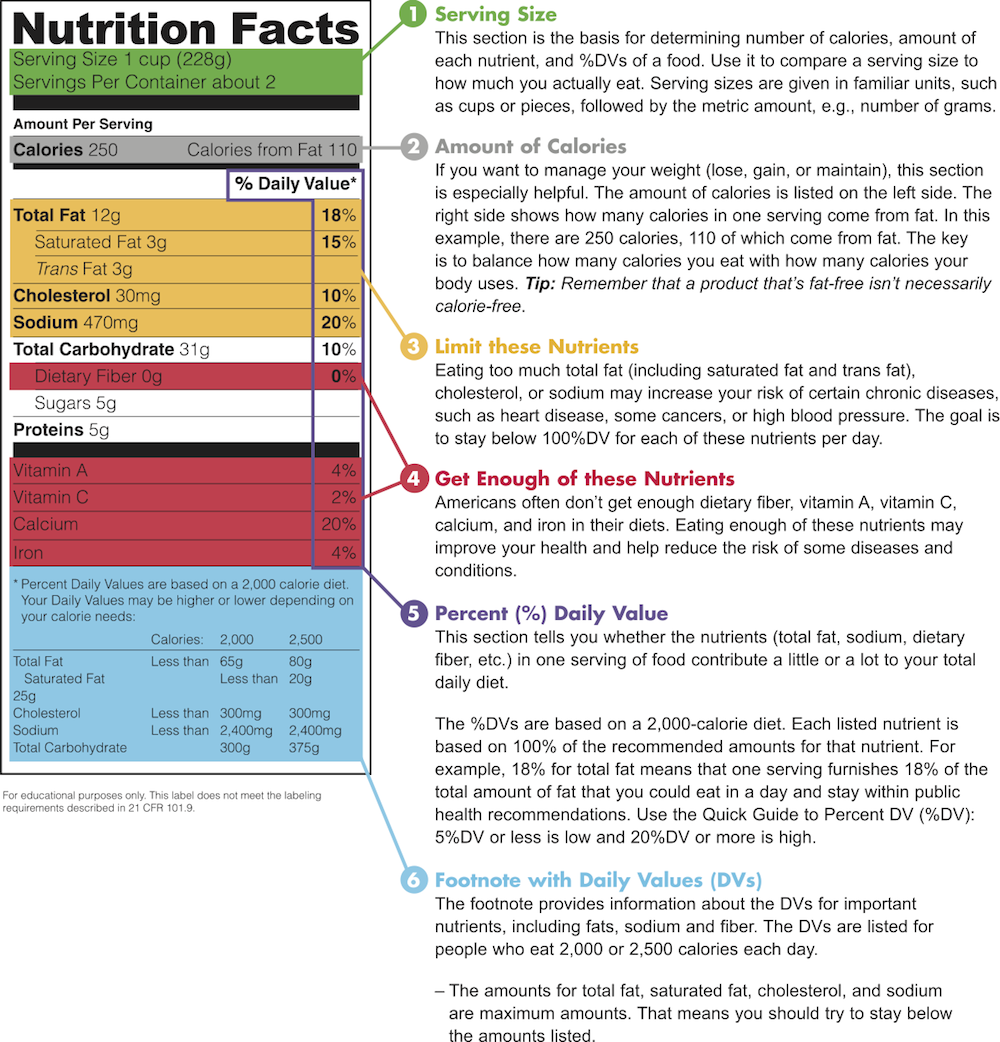
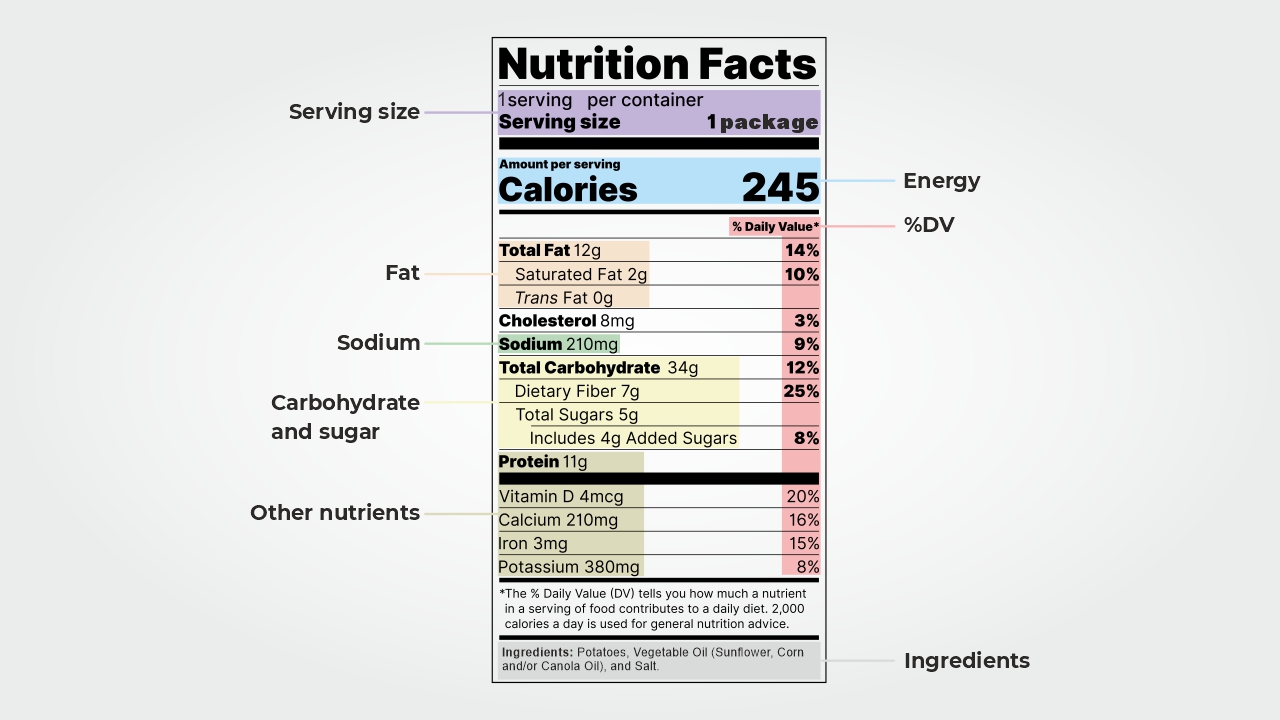
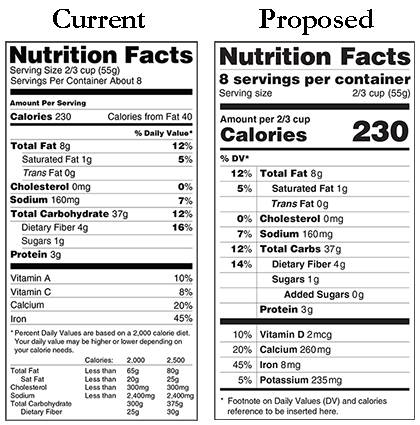
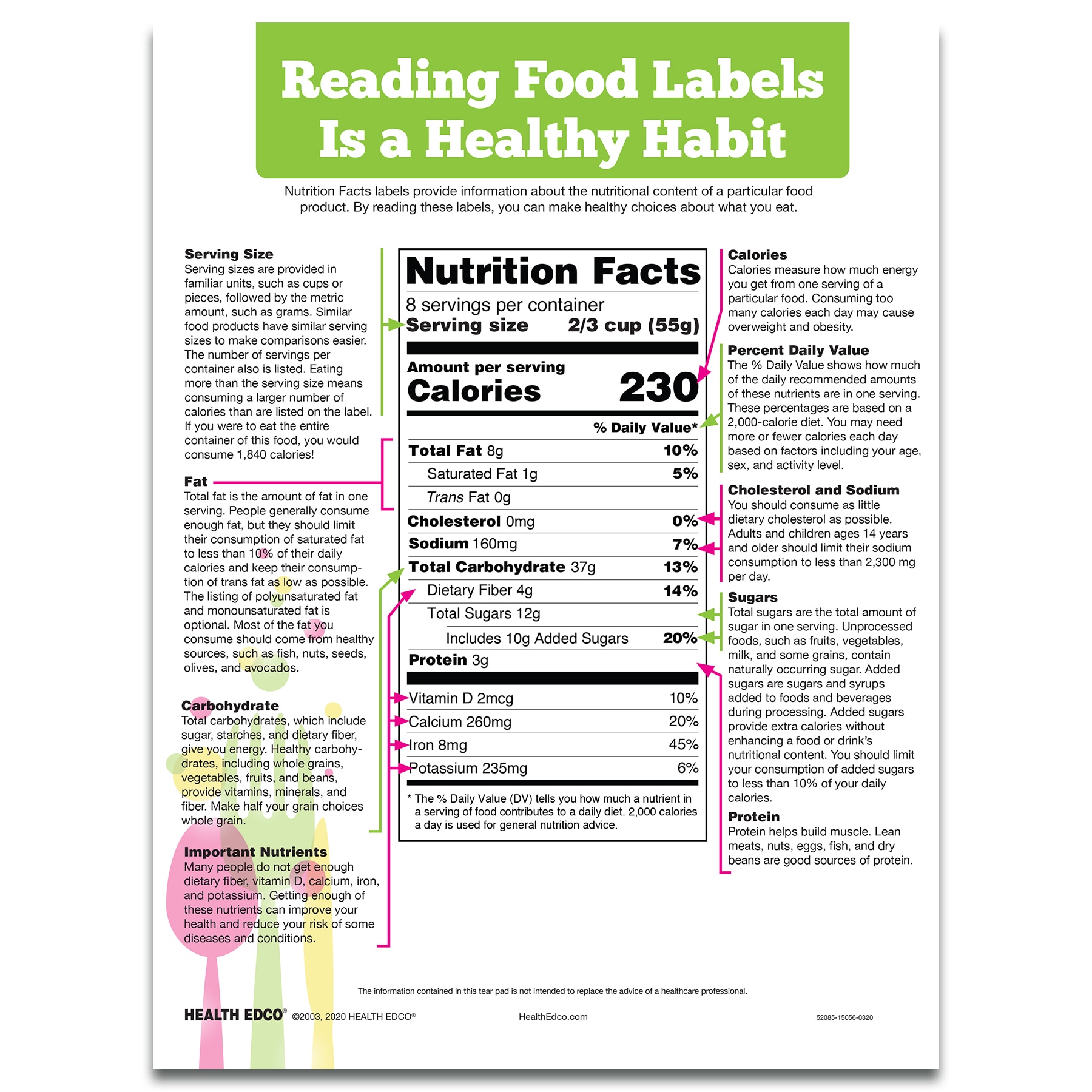




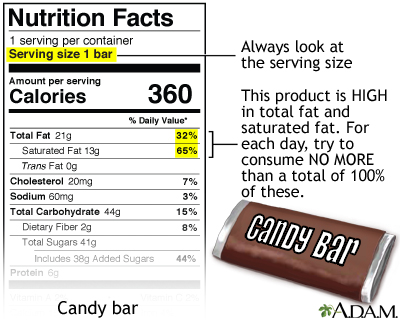



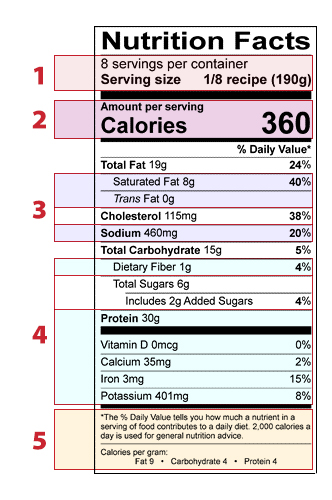



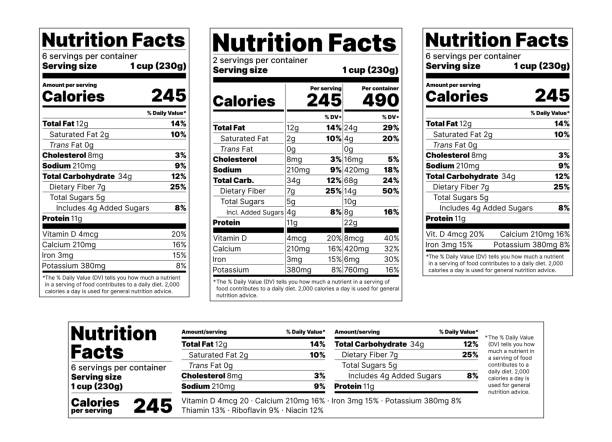


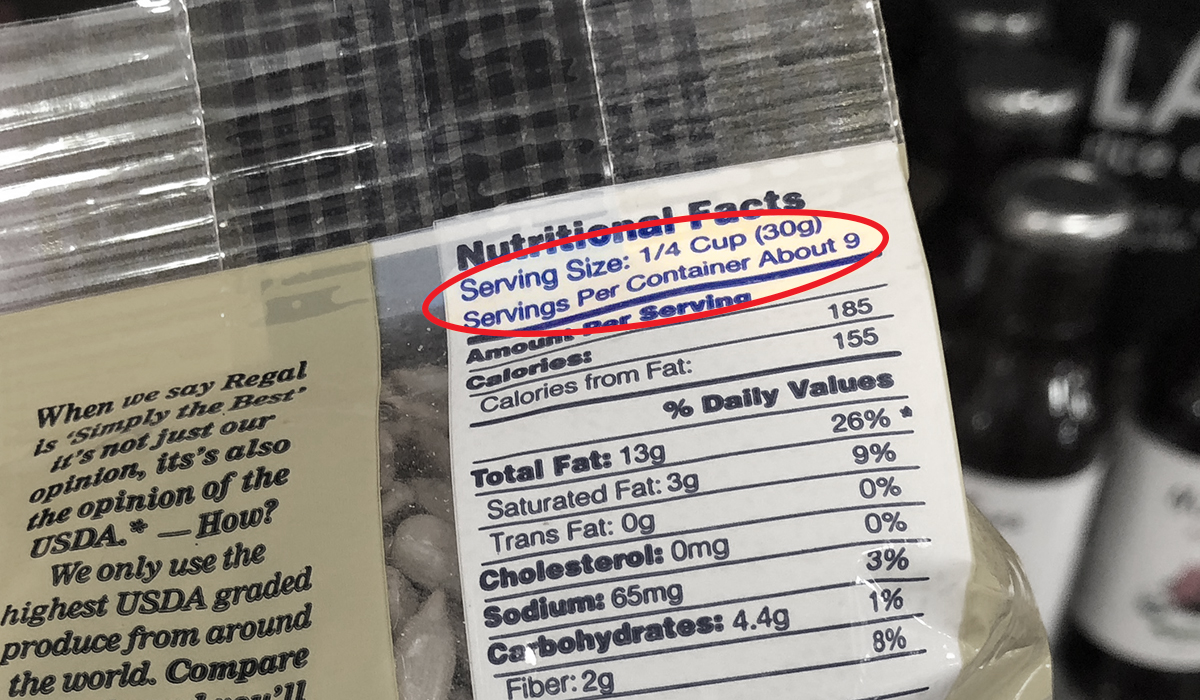
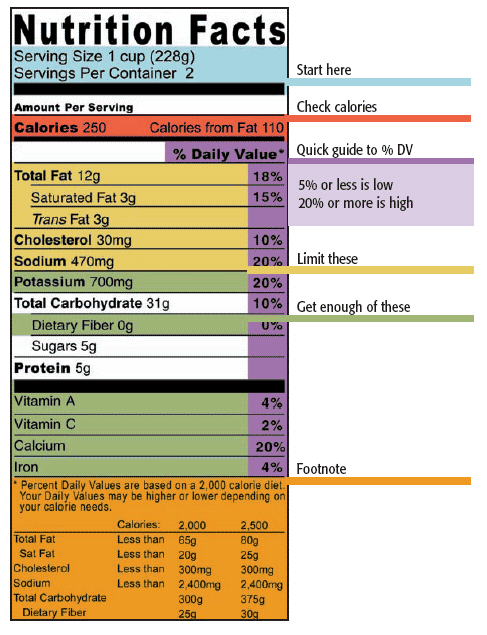


:max_bytes(150000):strip_icc()/egg-56d0d4085f9b5879cc7196f6.jpg)




Post a Comment for "39 reading food labels cholesterol"